a response to the exhibition by Chris Hayes////
A Whisper in the Dark: Natasha Rees
The introductory text for artist Natasha Rees’s exhibition ‘Time travel as fantasy capsule for freedom from heavy weights’, which ran from 13 February – 28 March at RRPS, SET Woolwich, riffs on an ancient invisible ink and more contemporary uses of ultraviolet light used to decode it. Invisible ink is a good starting point – not simply as a metaphor for what is seen and unseen, or perceptible just beneath the surface, but a visual catalyst of encoded messages, the desire, or need, to share them through oblique means.
Mostly sculptures and drawings, with installation elements such as black-out vinyl that eclipses any natural light or views of the surrounding area, the artworks are dense and evocative. ‘Refuse and corpses signify life’, 2025, is a series of long charred pieces of wood, sourced from previous exhibitions, studio furniture and shelving, that are ominously nestled in the corner and inter-connected with architectural wire. The windows of the space are blacked out with matt black vinyl, also an artwork and not just scene setting, titled ‘Antechamber to the gunk zone (////)’, 2025, facilitating a contemplative atmosphere. The black vinyl on the windows feature gloss oval shape decal overlays containing a matt circle inside it, some kind of symbol or graphical representation – an eye? a spotlight? a pill?
Echoing through the show are repeated motifs and a wide-ranging subject matter that elaborate a veiled language. Allusive forms repeat throughout: four corresponding oval shapes appear on the spray-painted black floor, ‘If you concentrate hard, you’ll see it’, 2025, bear similarities to a series of drawings with black holes – including drains, pupils, and open mouths. The drawings are tenderly rendered in graphite and colour pencil: ‘( o Busted lips)’, 2025, shows a distinctly Beckettian open mouth and lips against a stark graphite background – bruised, yes, but perhaps singing. ‘( o Snake mouth)’ lunges towards us as if trying to escape from the frame. The others – ‘( o Asbestos drain)’, ‘( o Dilated pupil)’, ‘( o Broken glass)’ and ‘( o Sewage pipe)’ – are true to the subjects of their titles, and yet not without a sense of mystery, mostly showing the black void inside and around them. The images could be read in sequence like the storyboard for a film, perhaps a horror, and share themes that foreshadow violence and danger – the animal attacking, the damaged body, the broken objects.
Rees often uses a stark black palette – she talks about it as an aesthetic of negation, but also possibility – and this atmosphere creates a hint of danger, if not a subtle gesture towards fetish culture, or the extreme cinema of the ‘New French Extremity’. The point, perhaps, is how richly symbolic yet opaque the cultural connotations of black are; an operative metaphor for her practice. The ever-present hints at interpretation invite the viewer to translate what is happening. The exhibition is layered with meaning, as suggested by the richly evocative titles that read like poetry: previously mentioned works, such as ‘Antechamber to the gunk zone (////)’, make reference to the speculative notion in Mereology, the philosophical study of part and whole relationships, to ‘gunk theory’ – which Rees refers to as, “…the zone as a space for infinite possibilities for resolve, but also of disaster…”.
A sense of disaster looms – but not fatalism. The title of the exhibition evokes not just the idea of escapism, but a desire for revolt and resistance. With the exhibition as a space loaded with a rich referential lexicon, the stripped back aesthetic hums with the narrative approach from figures that Rees cites as influences – filmmakers Michael Haneke and Gasper Noé, choreographer Michael Clark and musician Mark E. Smith – who each strip their work to its vital elements, inviting the audience to unpack and make sense of the complete narrative fragments on offer.
Like a whisper in the dark, Rees’s work doesn’t hand over its meanings easily, yet it neither withholds them. Her practice operates through suggestion, structure and affect – privileging rigour, collectivity, and the slow work of making things visible. Read and look carefully, and something begins to emerge: not a single message, but a kind of code, shaped by context, held in tension, and animated by the belief that meaning can be nurtured and teased out, like the solidarity found through quiet persistence.
© Chris Hayes 2025. Hayes is a writer based in London. Hayes writes for Art Review, Frieze, the White Review, Art Monthly, Tribune UK among others. Instagram: @chrishyzz
|
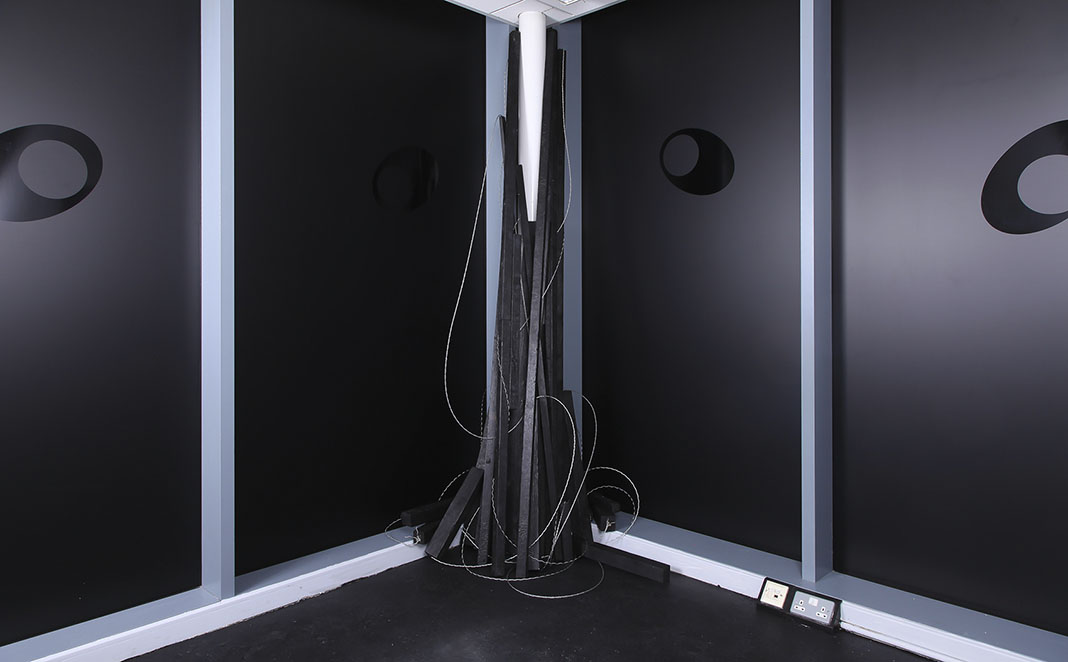

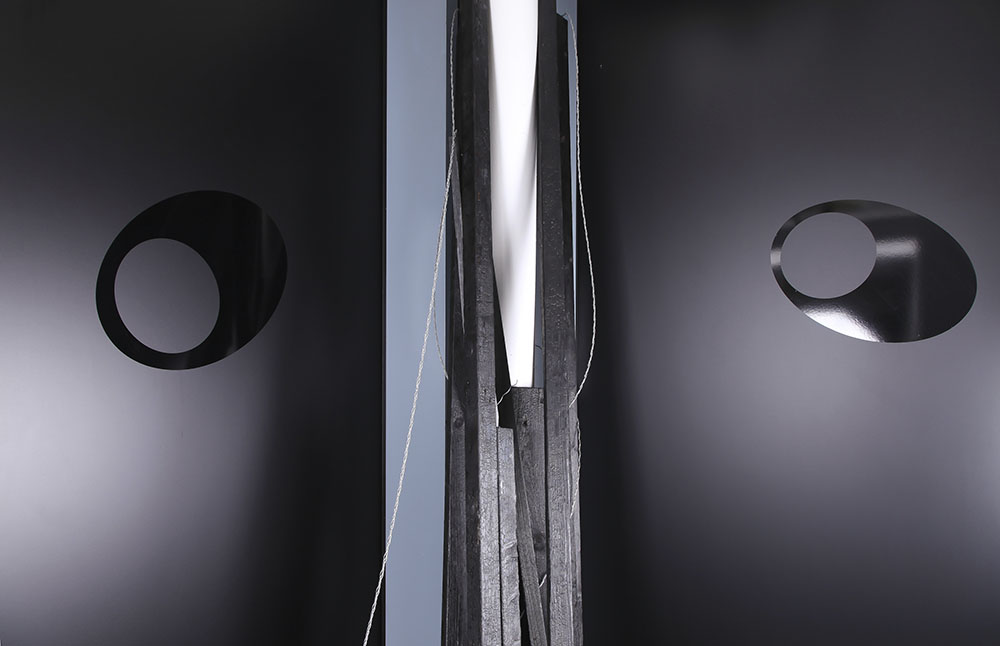
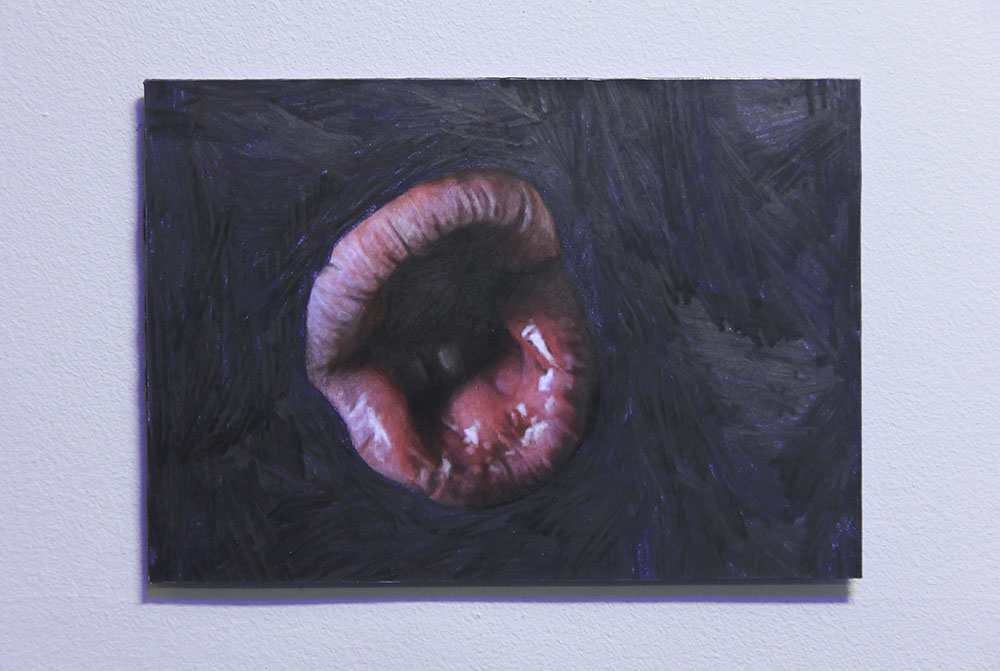
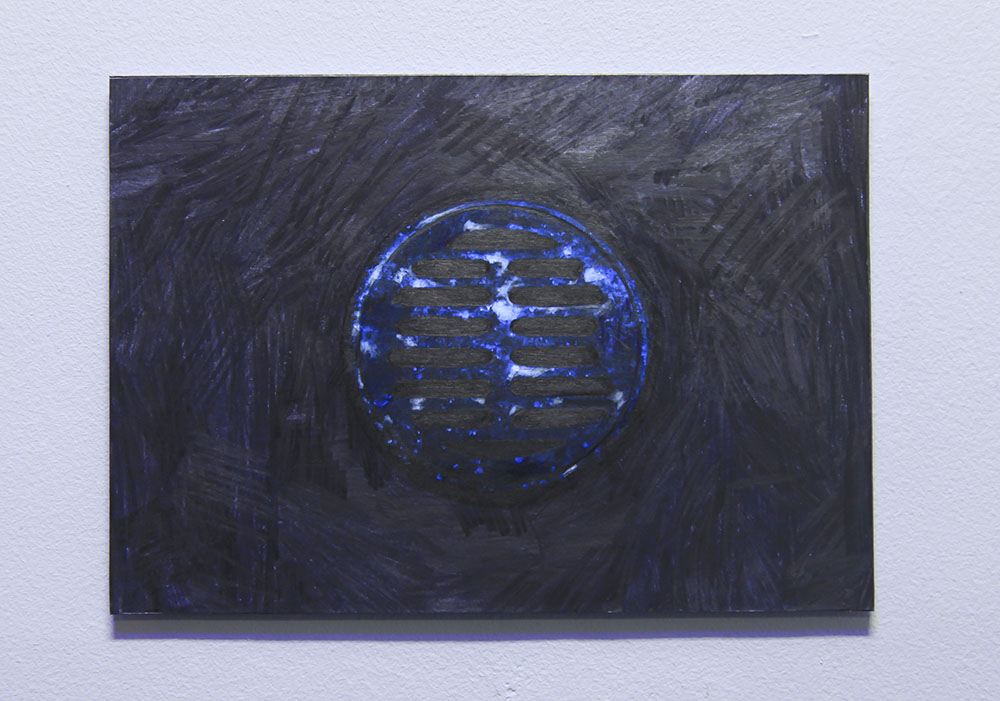
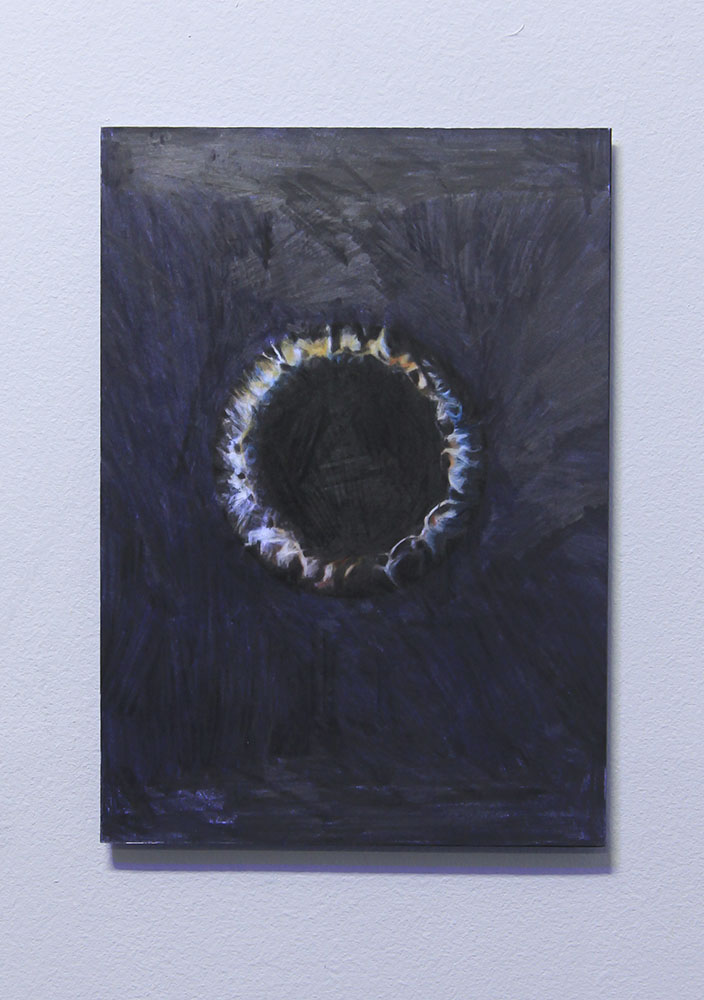
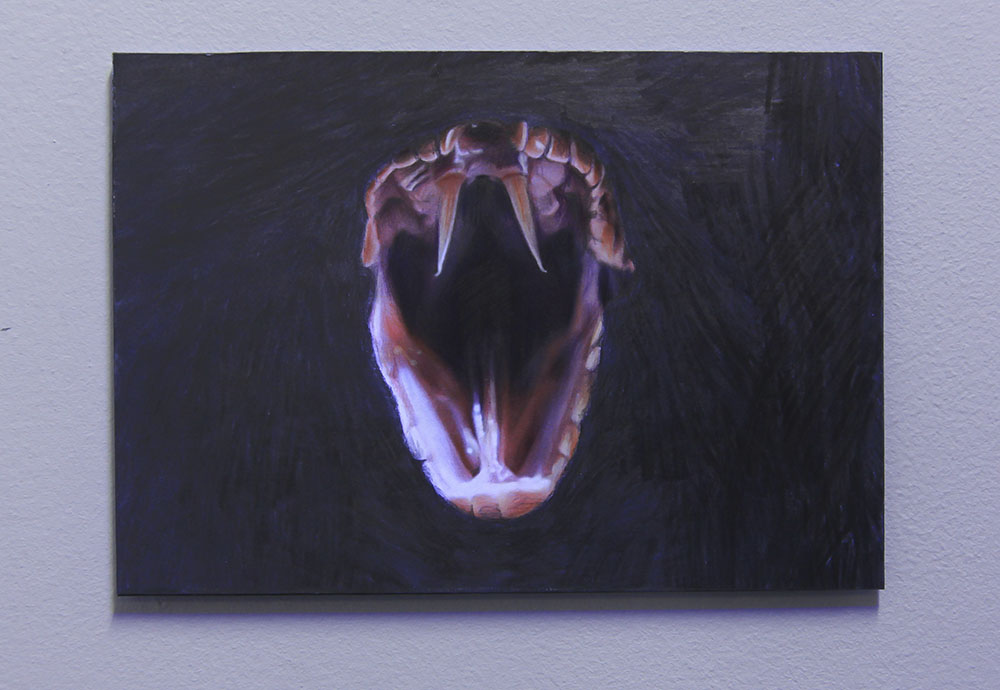
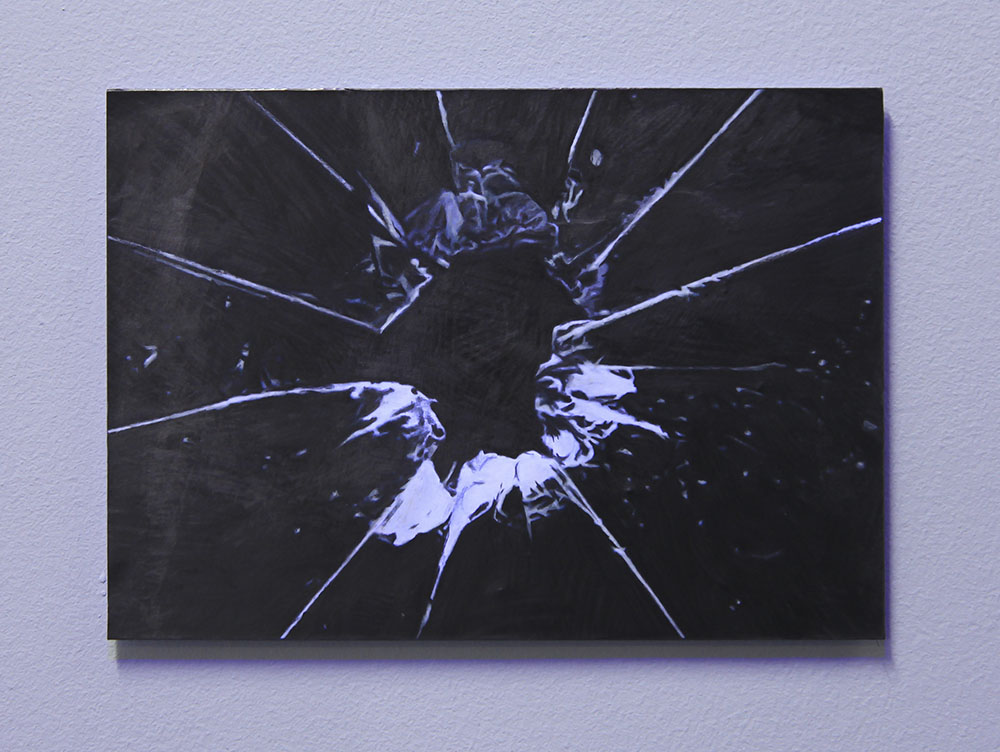
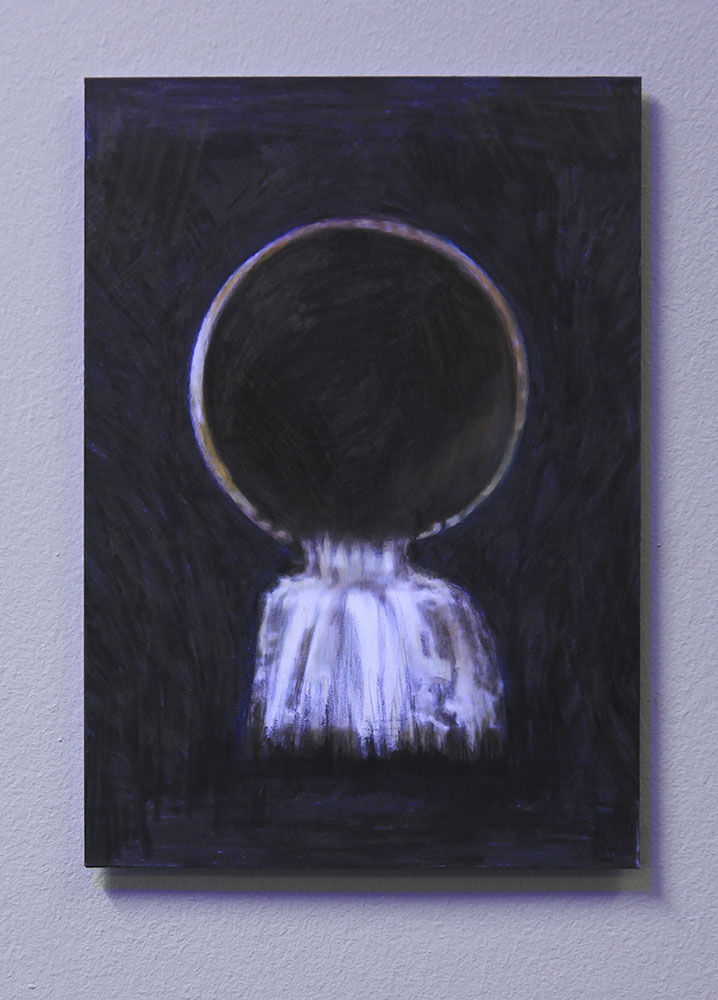

 ]
]


